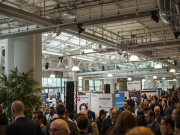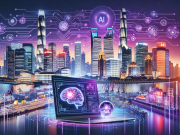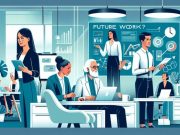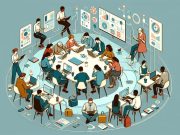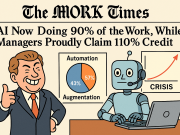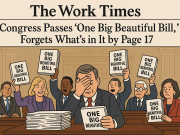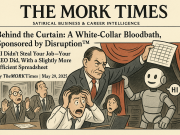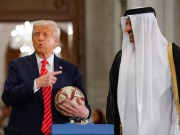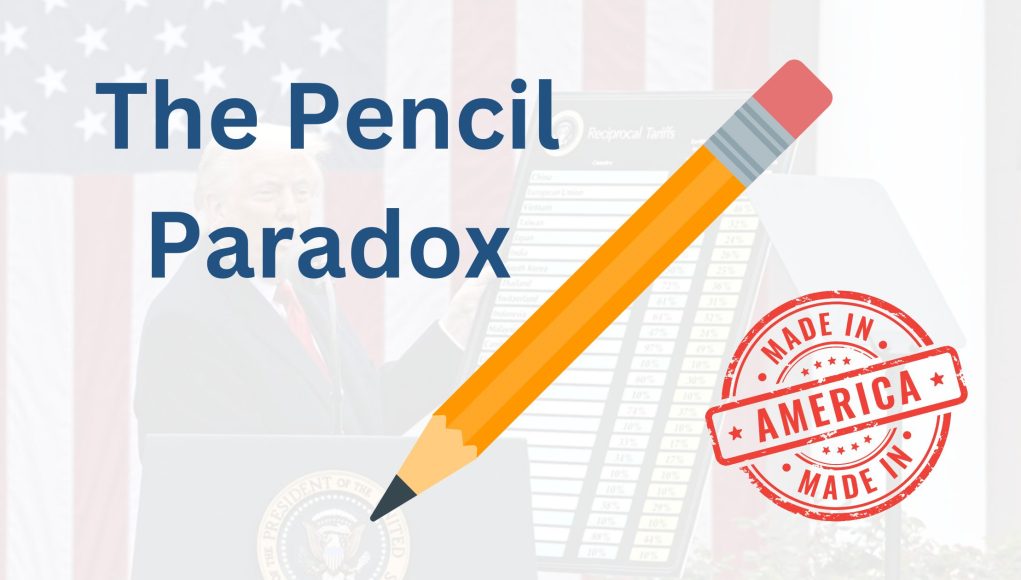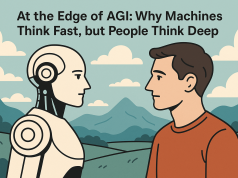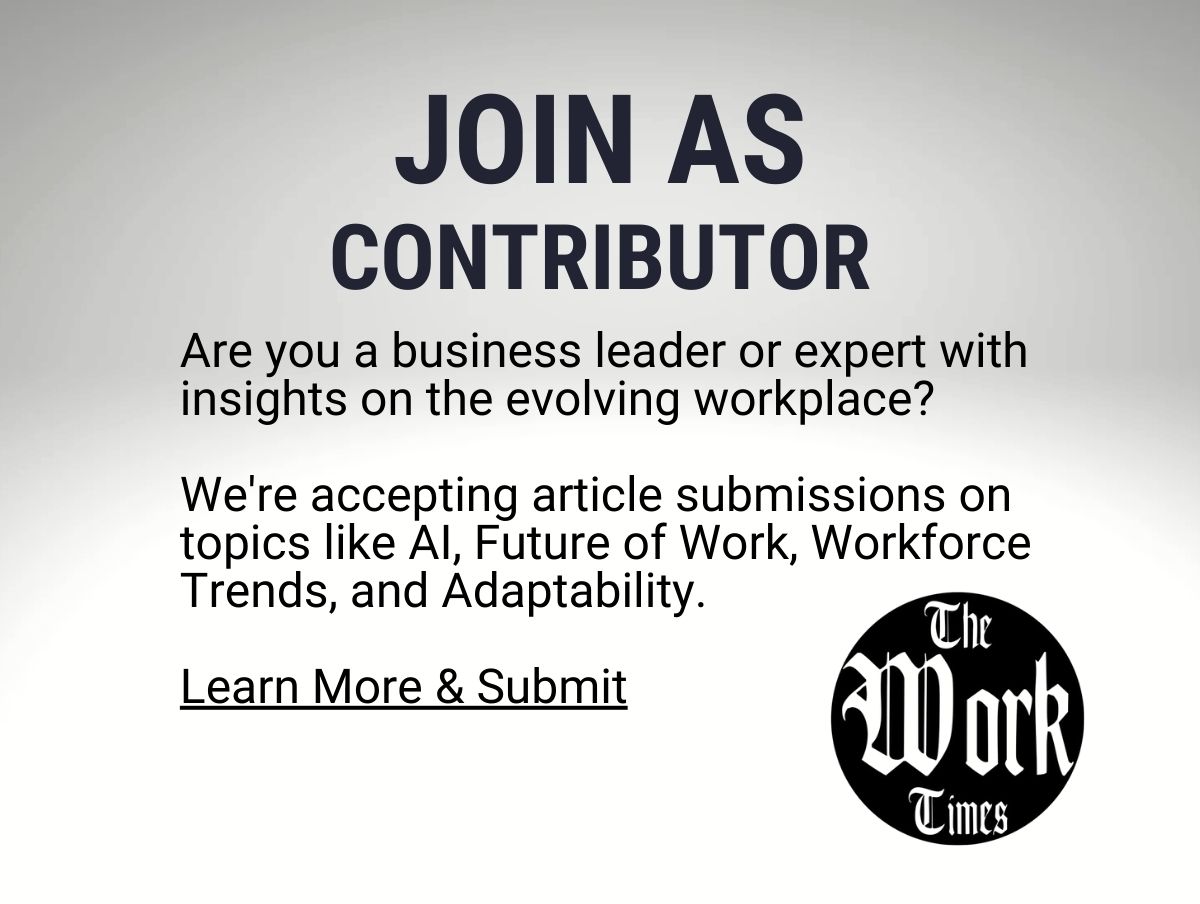In a world fixated on who gets credit, the humble pencil remains one of our greatest anonymous collaborators. Simple, effective, and universally understood—until we try to make one from scratch.
Milton Friedman famously used a pencil to explain globalization. Not one person on Earth, he argued, knows how to make a pencil entirely by themselves. The wood might come from Oregon, the graphite from Sri Lanka or China, the rubber from Thailand, the paint from Germany, and the aluminum ferrule—yes, even that tiny ring—has its own international passport. The pencil, in its quiet elegance, is the child of global cooperation.
Now, imagine trying to make that same pencil under the new Trump-era tariffs, which impose sweeping taxes on imports from around the world. Suddenly, every piece of that pencil must either be made domestically—or face rising costs that ultimately land on the consumer’s desk. And for what gain?
Tariffs are being sold as a patriotic prescription: protect American jobs, punish the so-called “cheaters,” and revive domestic industry. But much like prescribing leeches to treat anemia, this old-school remedy may drain more than it restores.
Let’s take a closer look.
The Fallacy of Forced Reshoring
The idea that we can recreate entire supply chains within our borders is seductive. It appeals to our nostalgia, our desire for control, and our belief in self-sufficiency. But economically, it’s the equivalent of deciding to grow your own coffee, roast it, build your own espresso machine, and handcraft your ceramic mug—just to avoid buying a $3 cup from a local shop. You may succeed, but not without burning time, money, and probably your eyebrows.
Modern supply chains are symphonies of specialization. The graphite that becomes the pencil’s core is processed efficiently in parts of the world rich in that specific resource and the talent to refine it. The wood is milled where forests are abundant and labor is skilled. Each segment adds value where it is best suited to do so. Tariffs disrupt this system, not by increasing efficiency, but by injecting friction.
Yes, we can bring production “home.” But at what cost? According to economists, the price of a car assembled across North America could rise by $4,000–$10,000 under current tariffs. And that’s with our closest neighbors. The pencil, scaled up across thousands of industries, reveals the hidden cost of “economic purity.”
Value in the Age of Ecosystems
We are no longer in a manufacturing-first economy. We’re in a value generation economy. And value today is not created in isolation but through networks—through ecosystems of innovation, digital infrastructure, talent mobility, and open collaboration.
In this context, the goal should not be to “own” every part of production, but to orchestrate value creation in ways that are sustainable, ethical, and efficient. Apple doesn’t manufacture every part of the iPhone, and yet its ecosystem is the most valuable in tech history. Tesla doesn’t mine lithium, but it controls the innovation that makes lithium valuable.
We don’t win the future by shrinking our trade maps. We win by expanding our thinking.
This is the philosophy behind our work at TAO.ai and the Worker1 model—a vision of professionals who are not only high-performing and tech-empowered, but also community-oriented and globally aware. We’re building tools to strengthen local communities while keeping them connected to global opportunity. Tariffs do the opposite: they isolate in the name of safety and diminish in the name of defense.
A Sharper Vision for American Prosperity
Let’s be fair. The intent behind tariffs is noble: to create high-paying jobs and make essential products more affordable. That is pro-America. That is pro-world. That is capitalism at its best—when markets are leveraged not just for profit, but for empowerment.
But intent alone doesn’t guarantee impact.
To truly achieve these goals, we must understand where value is created—not just where products are assembled. We must embrace a vision where the American worker isn’t limited by borders, but empowered by ecosystems. Where the measure of success isn’t in how much we wall off, but how much we weave in—smartly, strategically, and sustainably.
There’s a lesson in the pencil’s story that tariffs seem to ignore: we are strongest not when we hoard every function, but when we trust each other to play our part. Much like in nature, where bees pollinate plants they don’t eat and trees share nutrients through mycorrhizal networks, prosperity thrives in systems of mutual benefit.
Tariffs, in contrast, are blunt instruments masquerading as scalpels. They may work in isolated cases, but when used as a forced economic doctrine, they risk stifling the very creativity, connectivity, and compassion that drive modern economies.
So before we chase a fantasy of total trade self-reliance, let’s ask ourselves: do we want to live in a world where every pencil comes with a 50% markup, not because it’s better, but because it’s lonelier?
Sometimes, the sharpest insight isn’t what we try to protect, but what we choose to share.
Toward a Sharper Future: Solving for Both
Let’s step back for a moment.
Imagine two goals placed side by side:
- Create high-paying American jobs.
- Ensure products remain affordable for everyday families.
Few would argue against these. In fact, these goals are about as American as apple pie—homemade or store-bought, depending on your schedule.
And yet, in the name of achieving them, we’ve reached for tariffs: a tool as blunt as it is ancient. The idea is simple—tax imports, force production back home, and cheer as jobs return. But in a modern, interdependent economy, this logic behaves a bit like using a sledgehammer to crack a pencil. You may hit your target, but you lose the point.
Precision Over Protectionism
The challenge with broad-stroke tariffs is not just economic inefficiency—it’s strategic misalignment. If we believe the future belongs to innovators, skilled workers, and knowledge ecosystems, then we must stop designing policies for an economy that no longer exists.
Tariffs operate on the premise that borders define value. But today, value moves at the speed of connectivity. It’s coded into AI models, exchanged in design files, and cultivated through global talent networks. A microchip designed in Austin may be prototyped in Taiwan, tested in Germany, and optimized in India—all before it ends up in your smartwatch. Trying to trap this process inside national borders is like telling honeybees to pollinate only one farm.
So, how do we reconcile these seemingly conflicting goals—revitalizing domestic employment while preserving consumer affordability?
We build smarter, not narrower.
The Case for Ecosystem Capitalism
Rather than isolating supply chains, we must evolve our economic model toward ecosystem capitalism—an approach that prioritizes value orchestration over control. This is not about abandoning domestic production. Quite the opposite. It’s about elevating the role of American workers within global value chains.
We do this by investing in what I call the Worker1 infrastructure: the people, platforms, and policies that empower individuals to thrive—not in spite of globalization, but because of how intelligently we navigate it.
At TAO.ai, we’ve seen firsthand how communities grow stronger when workers are not just skilled, but connected—to opportunity, to purpose, to each other. High-paying jobs don’t just fall from tariff skies. They’re cultivated through reskilling programs, public-private collaboration, and a commitment to meaningful work in emerging fields like green tech, AI ethics, and digital manufacturing.
Simultaneously, we must maintain affordability through innovation, not artificial walls. Encourage competition, reduce inefficiencies, and support small businesses as they scale. A flourishing middle class and an affordable marketplace are not trade-offs—they’re teammates.
A Blueprint for Boldness
Here’s a thought: what if we redirected the same energy used to write tariff policies into designing national apprenticeship networks, next-gen manufacturing hubs, or universal upskilling credits? What if we saw every laid-off factory worker as a future clean energy technician, or AI ethicist, or community entrepreneur—and built systems to make that transition possible?
What we need is not protectionism, but protection-with-purpose. Not walls, but bridges—with guardrails.
And yes, let’s enforce fair trade. Let’s push for reciprocity. But let’s also recognize that the future isn’t something we defend against—it’s something we build.
From Pointless Tariffs to Purposeful Talent
At the end of the day, our economy—like that iconic pencil—is strongest not when we try to own every part of it, but when we trust the ecosystem, empower its participants, and stay focused on the value it generates.
Solving for both jobs and affordability isn’t impossible. It’s inevitable—when we stop mistaking short-term control for long-term progress.
Because the real question isn’t whether America can compete. It’s whether we can evolve fast enough to lead—without losing sight of the people we’re building for.
That’s not just pro-America. That’s pro-future.

